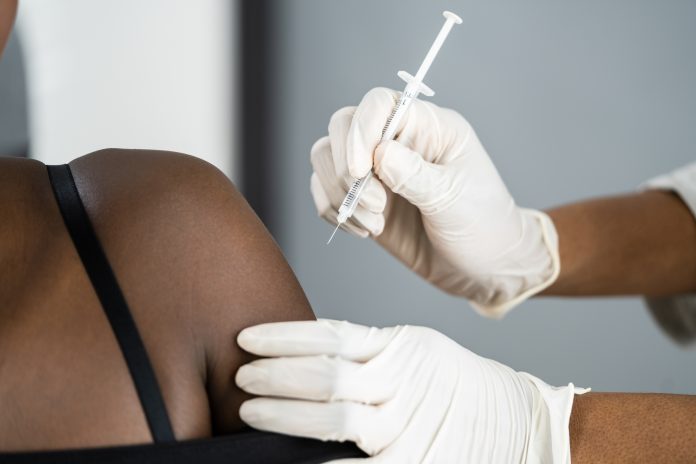Research by Augusta University, published in Vaccines, found that housing insecurity is connected to vaccine hesitancy in Black communities – especially when it comes to the younger population
Right now, COVID continues to dominate the global health agenda. Vaccination is still a key priority for the United States, as the country falters in levels of uptake.
In several Western countries, ethnic minorities appear to be more vaccine hesitant than white populations. This has previously been understood to be due to a dark history of medical mistreatment, leaving some minority populations vulnerable to online misinformation and a lack of faith in the existing medical authorities.
This communication gap is deadly. Black women in the US are four times as likely as white men to die from the virus, while Black men are six times as likely.
The team at the Medical College of Georgia, Augusta University, found that African American 18 to 29 year olds were 21 times more likely to be vaccine hesitant in comparison to those aged over 50, of the same race.
‘Age is the main driver’, explains Dr Moore
This research explores vaccine hesitancy in the Black community living in and around Augusta, Georgia. The team surveyed 257 adults from December, 2020 to April, 2021.
Dr Justin Xavier Moore, epidemiologist at the Medical College of Georgia at Augusta University, said: “Age is the main driver.
“We are trying to meet people where they are, and trying to break down barriers in the sense of having health care providers that look like them who are going to have real conversations with them about why they may be hesitant and what questions they have.”
One third of the Black community vaccine hesitant
They found about one-third, 31.9%, were hesitant or resistant to receiving a vaccine.
But interestingly, 57.1% of the vaccine resistant group were women, and they were more likely to be employed full time but less likely to have health insurance. They had fewer comorbidities, like high blood pressure and diabetes, compared to acceptant individuals, but were also more likely to be smokers than those in the other two categories and less likely to have ever received a flu shot.
Those with more chronic health problems, like high blood pressure, were least likely to be vaccine resistant.
Those hesitant were more likely to be young, a median age of 31, while the median age of the acceptant individuals was 61.
33.3% of vaccine resistant people experience housing insecurity
The connection between secure housing conditions and firm reluctance to take the COVID vaccine is a new angle, previously undiscussed by examinations of race-related vaccine perceptions. Vaccine hesitancy in Black communities has been generally understood as an issue of trust in the Government, but now social and economic factors are coming to light.
Among the resistant, 33.3% reported housing insecurity, compared with 10% and 6.9% for hesitant and acceptant participants.
In the study, the team write that: “These findings highlight an important issue and necessity for innovative and proactive approaches in reaching two vulnerable populations: the younger (African American) population that may believe that their risk of severe COVID-19 and mortality are low due to their youth and little to no chronic medical conditions, and participants with housing insecurity due to COVID-19 who may have limited or no reliable interactions with health care systems.”
Dr Moore further explains impact of lifelong stressors
Stress results in chronically higher levels of the hormone cortisol which increases inflammation. In turn, this increases blood pressure and many other health problems from heart disease to cancer.
Reflecting on how the pandemic increased levels of stress for all communities, Dr Moore said: “There are systemic issues that have disproportionately affected Black and brown communities for a long time in this country.
“Allostatic load is the wear and tear on the body due to external stressors that happen within your environment over a life course.
“If one group is under elevated stress simply because of their complexion, compared to their counterparts, their reaction to everything is going to be different. It’s going to explain some of the environment-gene interactions we are seeing.”











